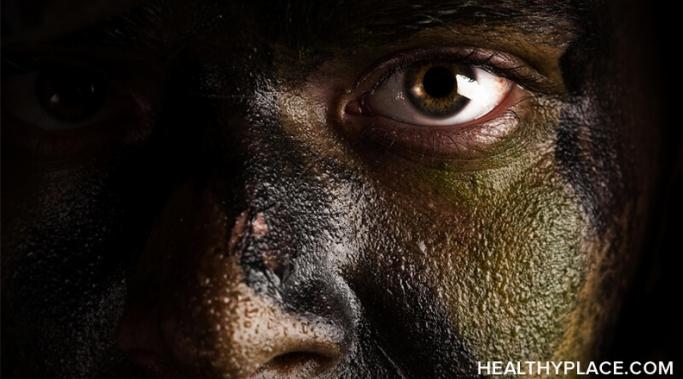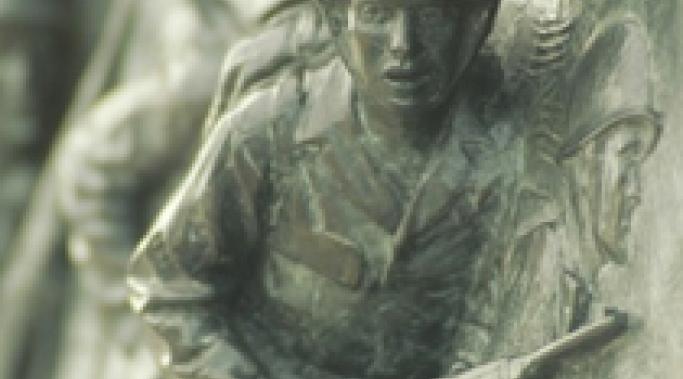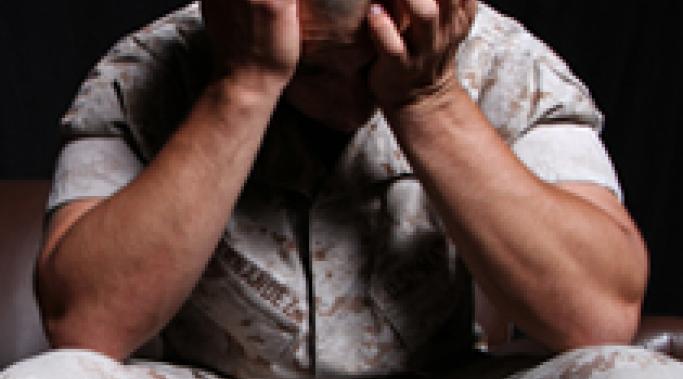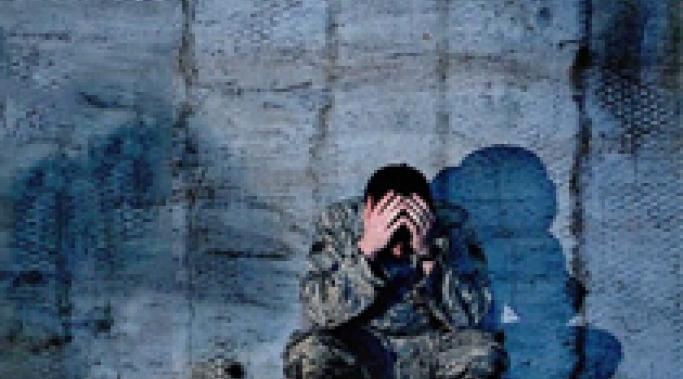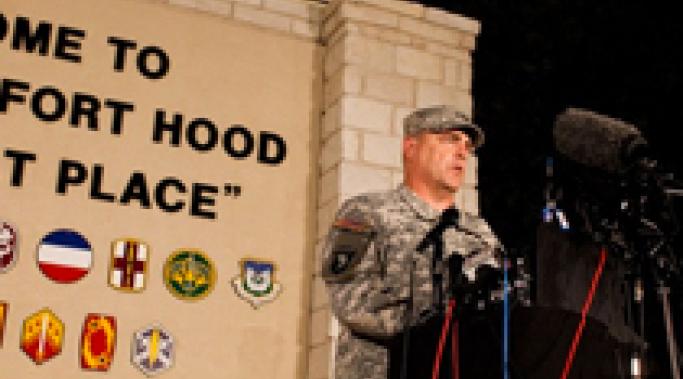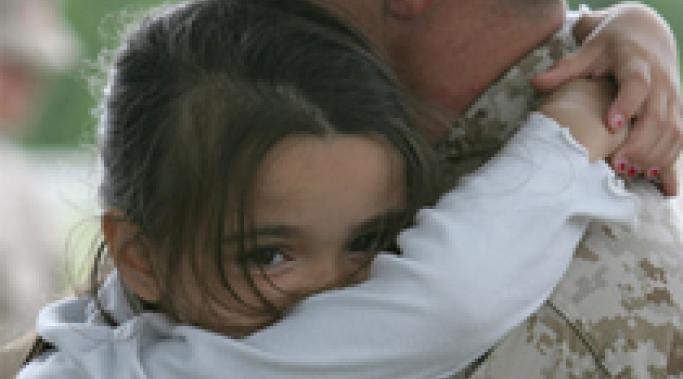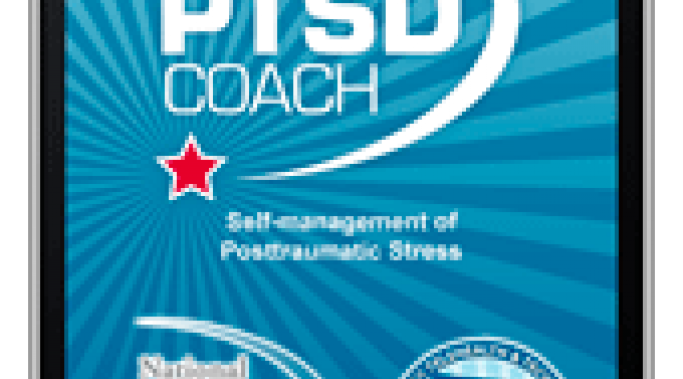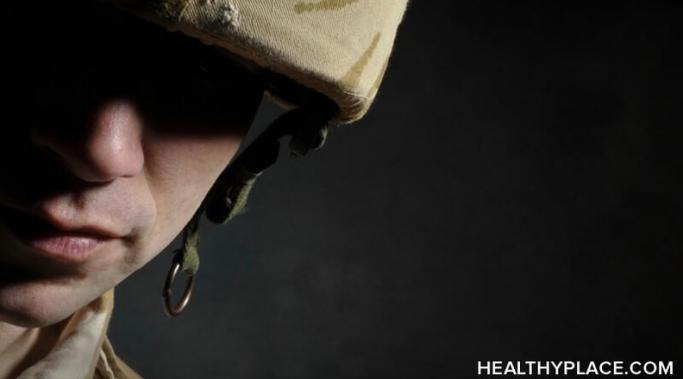For the past few posts I’ve been talking about the symptom clusters of combat posttraumatic stress disorder (PTSD). Today I will talk about the final category of PTSD symptoms: hyperarousal.
Combat PTSD Symptoms
The four categories of posttraumatic stress disorder (PTSD) symptoms are re-experiencing, avoidance, negative changes in thoughts and beliefs and hyperarousal (feeling keyed up). I’ve talked about the first two categories already and, so, today I want to discuss the changes in thoughts and beliefs associated with combat PTSD.
As I mentioned last time, the symptoms of combat posttraumatic stress disorder (PTSD) fall into four categories that include: re-experiencing, avoidance, negative changes in beliefs and feelings and hyperarousal. Today I want to talk about the combat PTSD symptoms that fall into the avoidance category.
The symptoms of combat posttraumatic stress disorder (PTSD) fall into four categories:
Re-experiencing
Avoidance
Negative changes in beliefs and feelings
Hyperarousal (feeling "keyed up")
Today I want to talk about the first one: re-experiencing.
When one enters the military a thought that may cross the mind of the young soldier, or their loved ones, might be the possibility of dying in combat. This is a reasonable concern for all involved.
But what people rarely are concerned about is the risk of death when one gets out of the military. While it might seem, to civilians, like this would be the least likely time in a person’s life to die by suicide, the numbers tell a completely different story.
Whenever a tragedy occurs, it is natural to look for someone or something to blame, even when the blame isn’t rational; and no one is guiltier of this than the media. This was clearly evident in the way the media treated the tragic Fort Hood shooting last week in which Spc. Ivan Lopez shot and killed three people and wounded 16 others before taking his own life. Instead of just reporting these facts, many in the media tried to tie these actions to combat-related posttraumatic-stress disorder (PTSD). And while Spc. Lopez was being evaluated for PTSD, there is no way of knowing whether his actions were in any way related to the disorder and insinuating such does a great disservice to veterans and those serving in the military. In fact, all the media has done is further stigmatize PTSD.
Last week I discussed the fact that combat posttraumatic stress disorder (PTSD) can be transmitted to children from their parents in cases where a parent suffers from combat PTSD. This intergenerational transmission of trauma, or secondary PTSD, can drastically impact a child’s behaviors. Symptoms of combat PTSD in children can range from hyperactivity to extreme withdrawal.
There are many ways to get help for combat posttraumatic stress disorder (PTSD) but one you might not think about is a combat PTSD mobile app. And while there are many apps that aim to help mental health issues, the app I would like to highlight is the PTSD Coach (which is free). The app is created by the United States Department of Veteran’s Affairs National Center for PTSD in partnership with the Department of Defense's National Center for Telehealth and Technology
This combat PTSD app has been downloaded over 100,000 times, so clearly I’m not the only one who really feels it can help. (And, I should say, while designed with combat PTSD in mind; this app is appropriate for anyone suffering from any form of PTSD.)
Anger is a completely normal response for a person put in a life-threatening situation, and, of course, in a combat zone, that’s exactly what you’re in. Anger is even a helpful response during these times as it focuses you and gives you the energy to fight for your life. Anger is part of your survival instincts.
However, if you have combat post-traumatic stress disorder (PTSD), when you get home from combat, you may find yourself unable to turn off that anger. You might find that you’re reacting to everyday events with the rage that’s appropriate for a combat zone – not a grocery store. The anger of combat PTSD can negatively impact your family, work and social life.
Combat PTSD is defined as a specific type of posttraumatic stress disorder (PTSD) experienced by men and women who have been in combat. Combat PTSD can happen to anyone in combat, from those that have experienced live fire to those who are support workers in a war zone area. Not everyone in combat experiences combat PTSD, but many do.
